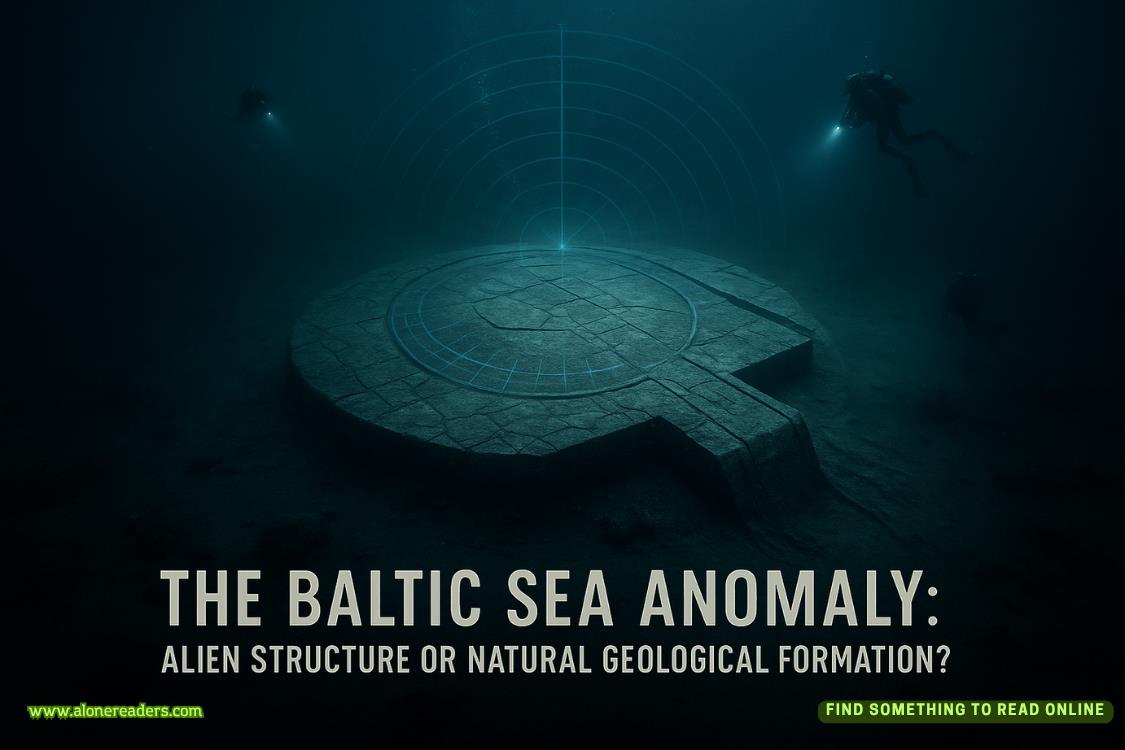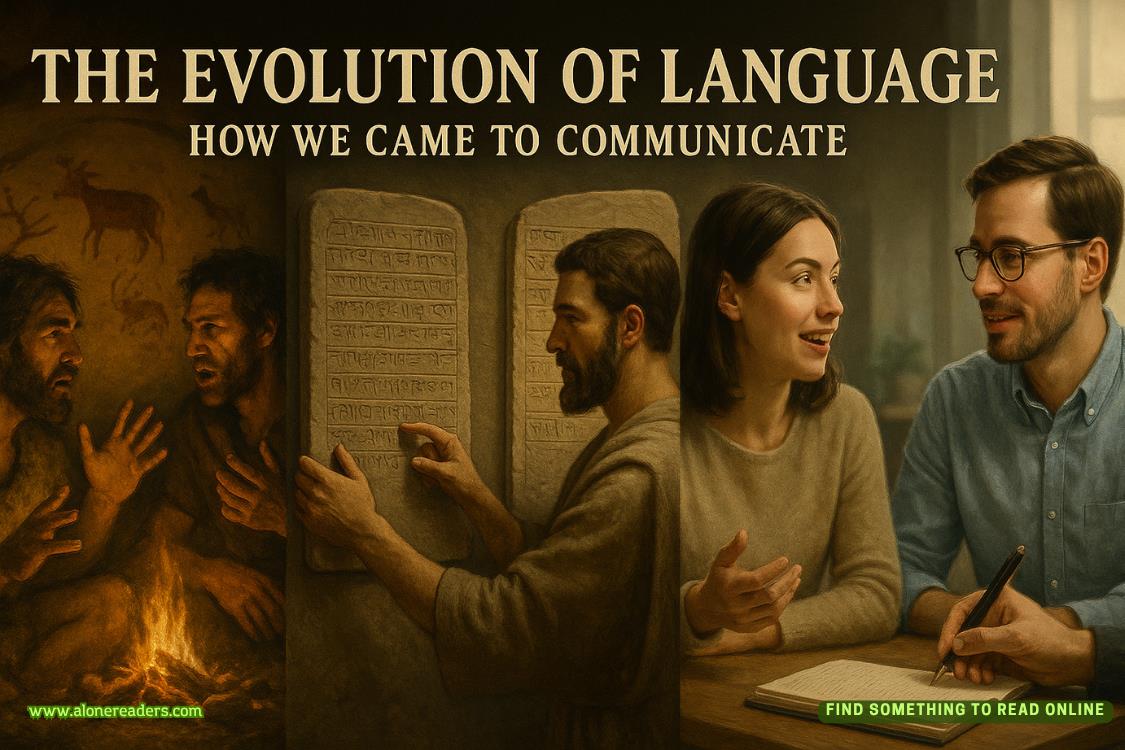Page 98 of Tiger's Voyage
I nodded. “Aren’t you?”
“Not yet. Go ahead and sleep.”
I made myself comfortable against his shoulder and slept, not even noticing when he changed to a tiger.
The next morning after breakfast, we met with Mr. Kadam who had pulled out all his research on the City of the Seven Pagodas.
“The first documented accounts of the city are records written by Mr. John Goldingham in 1798. He wrote of seven pagodas built near the sea. Either he was writing on hearsay, or they were not underwater at the time.
“As I told you before, it is rumored that Marco Polo visited the city as it is listed on one of his Catalan maps of 1275, but there is no record of this. What interests me most about this city are the ties I’ve found to Shangri-la.”
“How exactly is it tied to Shangri-la?” I asked.
“Do you remember the utopian societies we’ve researched and about how the story of the flood has common ties in every culture?”
“Yes.”
“In Shangri-la, you found objects that crossed mythical boundaries between many peoples. The ravens Hugin and Munin from the Norse, the sirens of the Greek, the Ocean Teacher of Tibet, the Spirit Gates of Japan, even the Kappa of the Chinese in Kishkindha … all of these things go beyond the borders of India and, as a result, I have begun to explore sunken cities of other cultures. The most famous of which is—”
“Atlantis.”
Mr. Kadam smiled at me. “Correct. Atlantis.”
“What’s Atlantis?” Kishan asked.
Mr. Kadam turned to him. “Atlantis is thought to be a fictional creation of Plato, though there are scholars who believe the story to be based in fact. As the story goes, the isle of Atlantis was a beautiful land that belonged to Poseidon. The king of the island was Poseidon’s son, Atlas, which is where the name came from. The island was said to be larger than Australia, located on the Atlantic Ocean, which was also named for Atlas, by the way, and was located several miles outside the Pillars of Hercules, or the Straits of Gibraltar.
“Poseidon was proud of his son and of the strong and brave people who lived on his isle. Although the paradise offered the people everything they could wish for, they became greedy and wanted more. They knew wealthy lands were not far away, so the Atlanteans created a military and began conquering territory inside the Pillars of Hercules. This in and of itself was tolerated by the gods, but the Atlanteans also forced those conquered into slavery.
“The gods met to discuss what was happening, and steps were taken to intervene. Earthquakes, fires, and floods were sent to humble the Atlanteans, but the lust for power and wealth was so heavy, they refused to change their ways. Finally, the gods forced Poseidon to destroy Atlantis. He raised the seas and caused great earthquakes to rip the land apart. In his wrath, he flung pieces of the broken isle across the ocean, where it sank into oblivion. Atlas, who had been a wise mathematician and astronomer, was punished by the gods and was forced to bear the weight of the heavens.”
“Wait a minute, I thought Atlas held the Earth on his back,” I said.
“No. Actually, he held up the sky. Homer said that Atlas was ‘one who knows the depths of the whole sea, who keeps the tall pillars, and who holds heaven and earth asunder.’ It has been said that when Atlantis was destroyed and the pieces torn apart, Atlas felt great despair and agony over his people. The gods were disappointed in him, and, what was worse, he’d lost the respect of his father. As each piece was ripped away, Atlas felt as if it had been torn from his own chest. He grieves as he bears the weight of his lost city. This is why many pictures of Atlas show him bowed down in despair as he does his duty.”
“I had no idea. Now you said there are other sunken cities. I haven’t heard of any others.”
“There are many sunken cities. More than I can name. Each tale I research leads me to five others. There is Meropis, as told by Theopompus; the lost continent of Mu that was sunk in the Pacific between Polynesia and Japan; and Lemuria, a lost land that sank either in the Indian Ocean or the Pacific Ocean. Then there’s Kumari Kandam, a sunken kingdom nicknamed the Land of Purity at the southern tip of India, and Ys or Ker-Is of Brittany. The Danes have Vineta, Egypt has Menouthis and Herakleion, Jamaica has Port Royal, and Argentina has Santa Fe la Vieja.
“Some of these cities have been found, and some remain only in stories shared among different cultures. The common thread is that the people angered the gods and were punished by the sea. Many of the legends say to seek these cities is to seek the curse that condemned them in the first place.”
“Does such a curse exist for the City of the Seven Pagodas?” I asked.
“I don’t know. I hope not. Perhaps by following Lady Silkworm’s pattern, we will avoid falling victim to the same fate. Perhaps the sea will spare us.”
Mr. Kadam set out drawings he had found of the five dragons. “In Chinese culture, the dragons are each assigned a territory, one for each compass point: north, south, east, and west. That leaves the fifth dragon.”
“Maybe he’s homeless or the center point of the compass,” I offered.
“Yes. In fact, there is a mention of a homeless dragon, but I suspect the center point of the compass may be more accurate in this case. They are also called the dragons of the five oceans.”
“What are the five oceans?”
“The ocean of the North is the Arctic, the Pacific is the East, the Atlantic is the West, the Indian Ocean is the middle, and the Southern Ocean is the South.”
“So we have an ocean for each dragon. Do you think we have to go to each ocean?”
“No. I believe we will find what we seek here. Perhaps they will be summoned.”















